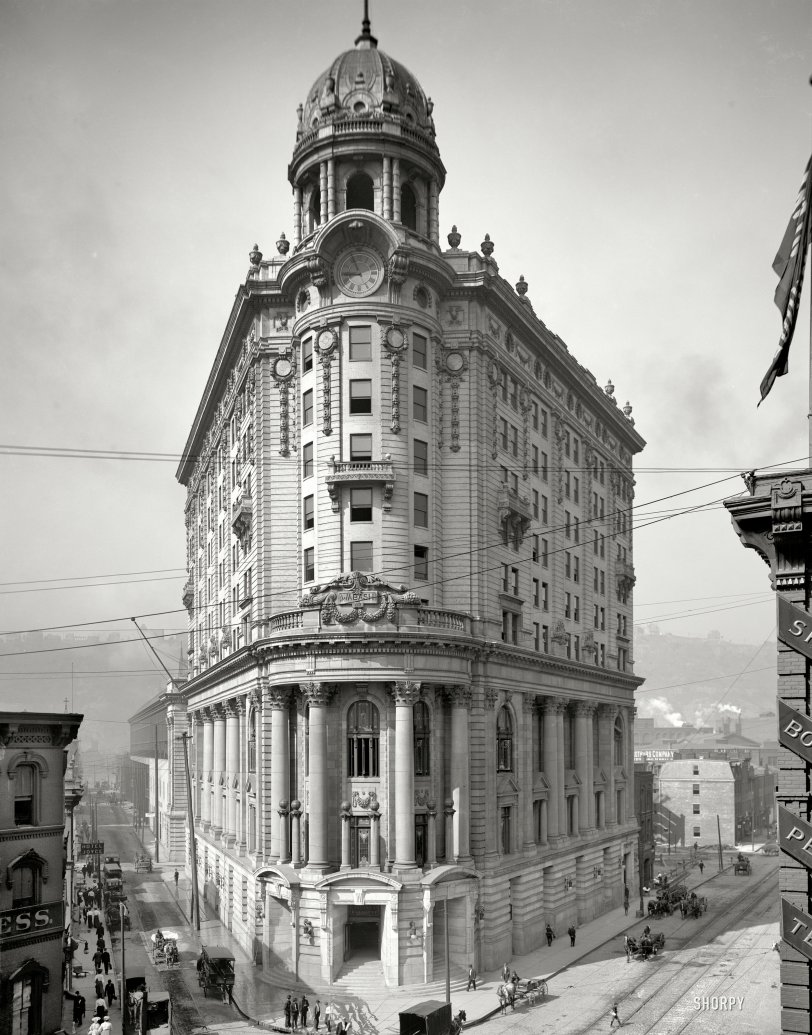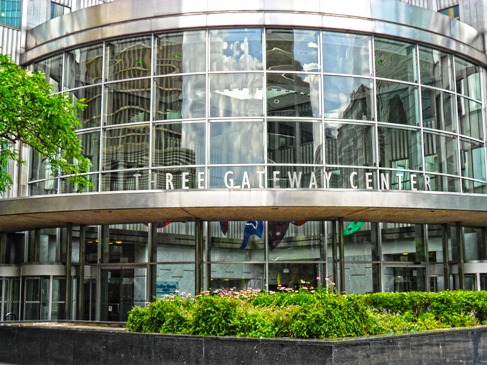


Framed or unframed, desk size to sofa size, printed by us in Arizona and Alabama since 2007. Explore now.
Shorpy is funded by you. Patreon contributors get an ad-free experience.
Learn more.

- Texas Flyer wanted
- Just a Year Too Soon
- WWII -- Replacing men with women at the railroad crossing.
- Yes, Icing
- You kids drive me nuts!
- NOT An Easy Job
- I wonder
- Just add window boxes
- Icing Platform?
- Indiana Harbor Belt abides
- Freezing haze
- Corrections (for those who care)
- C&NW at Nelson
- Fallen Flags
- A dangerous job made worse
- Water Stop
- Passenger trains have right of way over freights?
- Coal
- Never ceases to amaze me.
- Still chuggin' (in model form)
- Great shot
- Westerly Breeze
- For the men, a trapeze
- Tickled
- Sense of loneliness ...
- 2 cents
- Charm City
- What an Outrage
- Brighton Park
- Catenary Supports
Print Emporium
Wabash Station: 1905

Pittsburgh, Pennsylvania, circa 1905. "Wabash Station." 8x10 inch dry plate glass negative, Detroit Publishing Company. View full size.
Not Always Unfortunate
While it is fine to mourn the loss of classic buildings, we should also remember that it is not always wanton destruction. As ossewa pointed out, the Wabash Station was severely damaged by fire. It could not be restored economically. Would the city of Pittsburgh have been better off leaving it as a "modern ruin" and potentially a magnet for derelicts and squatters or were they better off to demolish it (as they did) and rather than trying to replicate it build something in the (then) modern style? It's true that many buildings are torn down for the sake of modernity, but it is also the case that sometimes the destruction is necessary.
Shame
I cannot understand one thing: here, where I live, in Europe, we had nightmare of World Wars. Many cities was completely destroyed, including my capital, Warsaw. You Americans, had this luck, to avoid war operations over your cities. Nevertheless, lots of glorious buildings was demolished in the name of progress. Crying shame.
Wabash No More
Unfortunately, this magnificent structure was demolished in 1954. In its place today, the Gateway Center. Definitely not a step up.

After the Fire
The Wabash Station, the Nixon Theater and the Keenan Building were Pittsburgh's three Beaux Arts jewels of the early 20th century.
A massive fire gutted the Wabash in 1946. With damage estimated at $8 million, the city was faced with a major problem: the building was too expensive to restore and too centrally located to just ignore. City leaders reflected on the wasted opportunity of the Great Fire of 1845: A third of Pittsburgh was in ashes, but without a central plan, the chaotic rebuilding created a jumbled warren of cheap houses and dirty industrial buildings.
Determined to boldly address the lack of greenspace and beautify the city, a coalition developed the Pittsburgh Renaissance Plan encompassing a 36 acre park at the Point and 23 acres of modern, state of the art office buildings. The structure was demolished in 1954.
We lost an architectural jewel but got an incredibly beautiful park on the most valuable land in the entire city.
























On Shorpy:
Today’s Top 5